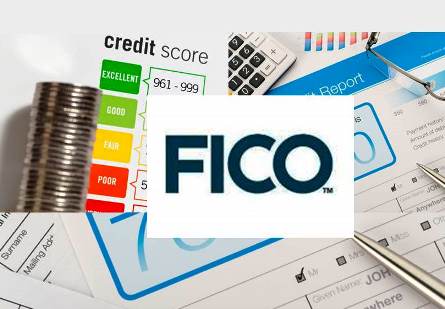FICO’s Manish Gandi explains the use of alternative data in credit risk modeling
“Whenever I bring up the topic of alternative data, the first question our board asks is, ‘Are we using Facebook data?’ [Manish Gandhi]
This comment from a participant in our recent EMEA Risk Leadership Forum caused a lot of chuckles and nodding heads. When it comes to evaluating credit risk, everyone wants to know if, when and how lenders will start probing their Facebook account.
For reasons that will be obvious to lenders, that tantalizing possibility doesn’t actually top the list of data sources to mine. In fact, at the forum we explored a few sources of data that can add to the picture of a consumer’s creditworthiness.
 Multiple Types of Alternative Data
Multiple Types of Alternative Data
What is alternative data? In credit granting, it generally refers to any data that is not directly related to a consumer’s credit behavior. Traditional data usually means data from a credit bureau, a credit application or a lender’s own files on an existing customer. Alternative data is everything else.
Alternative data is a hot topic, in part because of the data explosion of the last few years, and in part because of the drive for financial inclusion. There are an estimated 3 billion adults worldwide who don’t have credit and so don’t have credit records. Opening up that market is a priority for lenders. And while many of these people are in developing markets with nascent credit infrastructures, there are so-called “credit invisibles” in the most mature credit markets, people who have no credit and are unknown to the credit bureaus.
With this in mind, let’s look at a few sources of alternative data, and how useful they are for credit decisions.
- Transaction Data. This is typically data on how customers use their credit or debit cards. It may not seem “alternative” — most lenders have this data already, often manipulated into monthly summaries — but it’s not often mined to extract the maximum predictive value. It can be used to generate a wide range of predictive characteristics such as Ratios of Cash to Total Spend in last X week(s) or Ratios of Spend in last X week(s) to last Y week(s) and even characteristics based on the number, frequency and value of transactions at different retailer types. Processing it can be time-consuming, but the data itself is generally clean.
- Telecom / Utility / Rental Data. This data is basically credit history data, but it’s alternative because it doesn’t actually appear in most credit reports. FICO has mined this data for the FICO®Score XD in the United States.
- Social Profile Data. Mining Facebook, LinkedIn, Twitter, Instagram, Snapchat or other social media sites is possible, but few lenders would want to brave the regulatory hurdles of being the first mover. Although it would be possible to derive the value not from what people say in these channels but from metadata – for example, the number of posts and their frequency or the size of their social graph — this would still likely raise privacy issues. In addition, despite what some enterprising fintechs might say, the value of this data would be far lower than the value of data with a stronger credit connection. It is also possible for a consumer to manipulate this data.
- Clickstream Data. How a customer moves through your website, where they click and how long they take on a page can be predictive.
- Audio and Text Data. This data takes the form of information found on credit applications, in recorded customer service or collections calls. It can complement “thin files” and is already proving its worth in collections.
- Social Network Analysis. New technology enables us to map a consumer’s network in two important ways. First, this technology can be used to identify all the files and accounts for a single customer, even if the files have slightly different names or different addresses. This gives you a better understanding of the consumer and their risk. Second, we can identify the individual’s connections with other people, such as people in their household. When evaluating a new credit applicant with no or little credit history, the credit ratings of the applicant’s network can provide useful information. However, this is not going to meet the regulatory tests in all markets.
- Survey / Questionnaire Data. An innovative new way of rating the credit risk of someone with little or no credit history is through psychometrics. The leader in this field, EFL, bases their scores on 10 years of research at Harvard. FICO has partnered
 with EFL to make more people scorable in markets across the globe.
with EFL to make more people scorable in markets across the globe.
How much Value is derived from such data? Keep on reading























